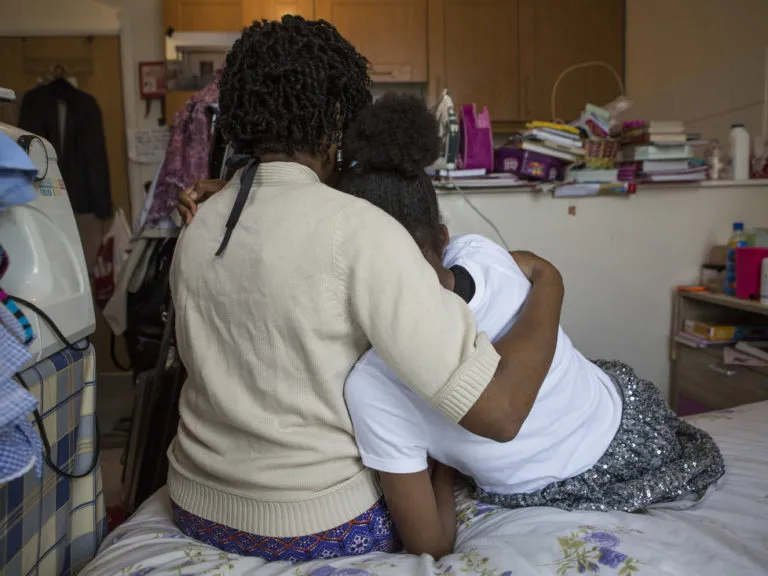On International Women’s Day, we mustn’t ignore homeless women
Published: by Deborah Garvie

International Women’s Day is a day to remember how badly women are being affected by our housing crisis.
While most people, when thinking about homelessness, might think of street homeless men, it’s important that we’re fully aware of the facts.
Women sleeping on the streets
It’s true that the majority of people captured by homeless street counts are men. Government data shows that only 14% of people sleeping on our streets on a given night are women.
But the women we (and street outreach agencies) work with know that sleeping on the streets is dangerous and many people – including women and young people – prefer hidden sleep sites to reduce their vulnerability to assault. In a recent study in Brighton, homeless women reported that intentionally hiding in parks, driveways, private gardens (where their calls for help might be heard by those sleeping comfortably inside) made them feel safer, but this meant they wouldn’t be found by the rough sleeper teams who record their existence and offer help.
When we consider the links between domestic abuse and street homelessness (Women’s Aid found 11% of women slept rough while searching for refuge) it’s no wonder that women are afraid of further abuse on the street.
So we should be aware that women of no fixed abode may be less visible and under-reported in rough sleeping statistics than men.
And let’s not forget that street homelessness is only the tip of the iceberg. All forms of homelessness are on the rise. Many more homeless women are hidden from view in emergency and temporary accommodation: our analysis suggests that 66% of homeless adults living in temporary accommodation are women.
Single mothers and homelessness
This is because single-parent households are far more at risk of homelessness, and single parents are overwhelmingly likely to be women. Two-thirds of homeless families with children living in temporary accommodation are headed by a lone parent. The vast majority (93%) of whom are mothers.
Again, violent relationship breakdowns are a factor in this (with councils recording that 11% of those accepted for statutory rehousing lost their last settled home for this reason). So reports that thousands of vulnerable women are being turned away from refuges as funding is cut are extremely worrying.
But the impact of welfare reform on lone mothers must be also be confronted – 60% of adults claiming housing benefit are female. The freeze on Local Housing Allowance (LHA) is pushing thousands of lone working mothers, like Tracy, dangerously close to breaking point.
And other reforms, like the household benefit cap, have a hugely disproportionate effect on lone parents. Lone parent households comprise only around 9% of all working-age households in the UK. Yet they comprise 71% of households affected by the benefit cap. This means that lone parents are almost eight times more likely to have their benefits capped than we would expect if the policy fell evenly across all household types.
Looking after children in temporary accommodation can be a hellish experience. It compounds the impact of the trauma which initially caused the homelessness – domestic abuse, eviction, relationship breakdown. When this trauma is of the most horrific kind, such as the Grenfell Fire, we’ve argued that an offer of suitable housing must be an absolute priority.
Time for change
From Octavia Hill to the Focus E15 Mothers, to Women for Grenfell, women have been at the forefront of campaigning for housing justice.
Our message to Heather Wheeler, the new (female) Homelessness Minister, is a simple one. To avoid and survive homelessness, women desperately need affordable, secure, and safe homes. She must ensure that the government commits to a new generation of genuinely affordable homes and that housing benefit is fit for purpose.
- Have your say on social housing– get involved with our Big Conversation to help change the future for the better